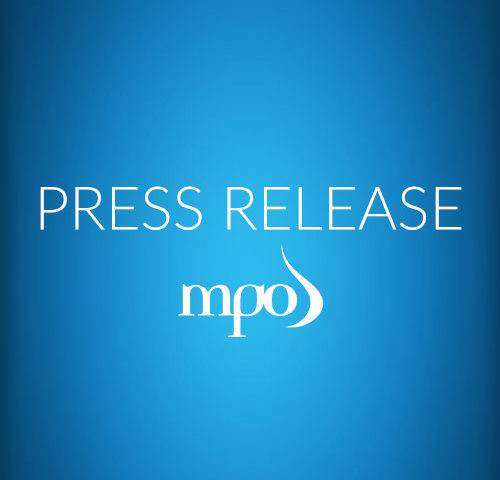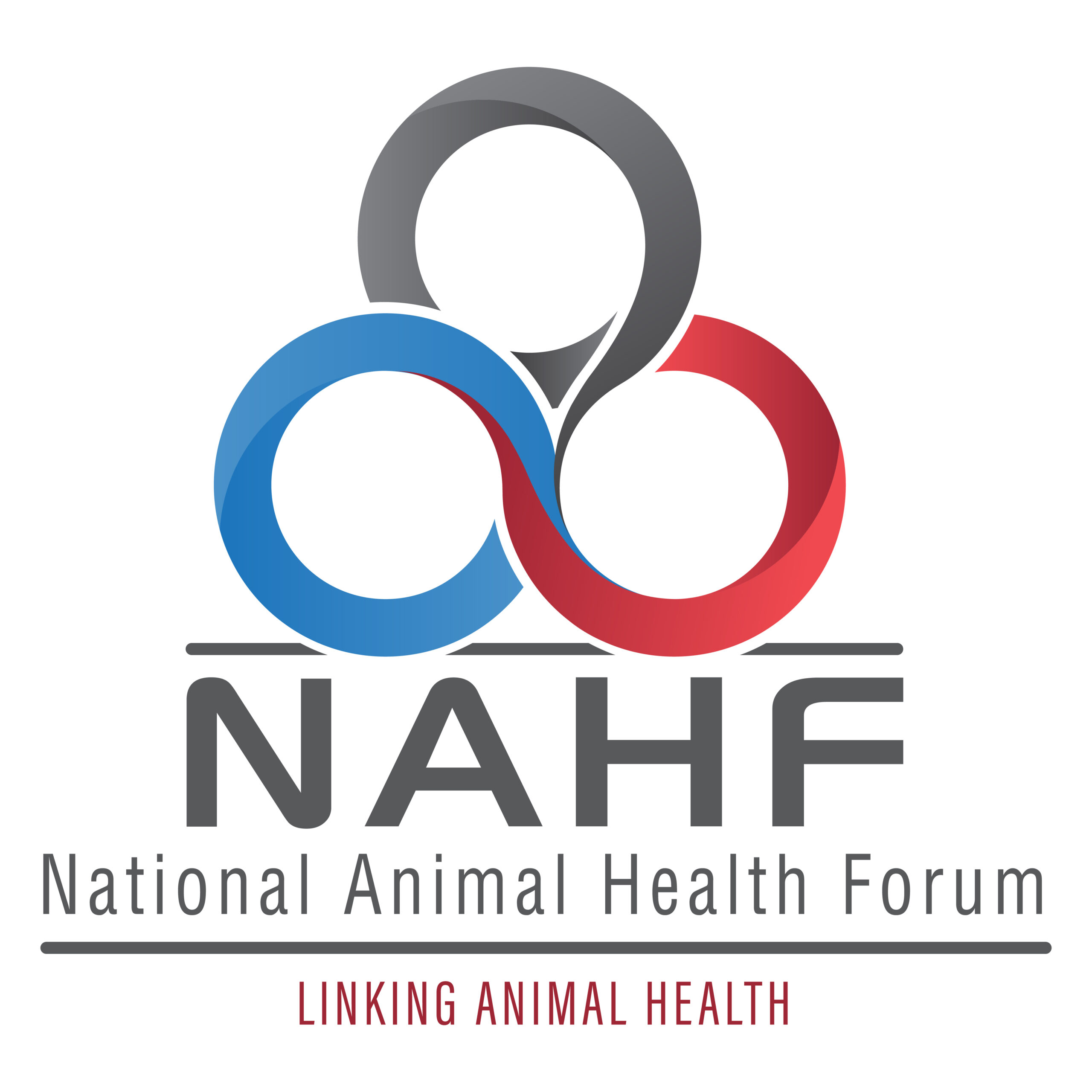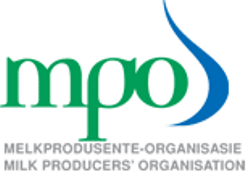
FOR IMMEDIATE RELEASE | 31 March 2022
Since 1 March 2022, eight new outbreaks have occurred in four South African provinces.
Limpopo 2 11 March 2022
KwaZulu-Natal 2 25 March 2022
North-West 2 25 March 2022
Gauteng 2 28 March 2022
Here are some biosecurity facts that milk producers should bear in mind:
- The producer is considered to be responsible for the application of a biosecurity plan on his/her own farm – contact your herd veterinarian.
- Infected farms are quarantined with consequent destruction of milk according to the submitted criteria of the World Organisation for Animal Health (OIE) – as applied by the state veterinary team.
- Unpasteurised fresh milk is a medium in which viruses spread easily. The virus survives for 15 days at 4 °C in milk. Only ultra-high temperature (UHT) pasteurisation is effective.
- The outbreak area is demarcated as an infected zone, buffer zone, detection zone or free zone. These zones have already been identified by private initiative for the benefit of the producer. Producers are requested to support and collaborate with the government officials charged with promoting biosecurity. Foot-and-mouth disease is a state-controlled disease that must be reported to a veterinarian by law.
Here are some tips to help control outbreaks in your area:
- MPO members should put a traceability strategy in place to identify new outbreaks, determine the source of infection, and find out where the infection is spreading to. This makes it possible to prove negative status in compartments for the purposes of export markets and daily milk collection points. Pressure should be exerted to ensure interprovincial permit access for livestock from infected provinces.
- Monitor auctions and abattoirs as strategic control points to facilitate epidemiological traceability.
- Farmers’ associations should apply traffic control to strategic district routes, local auction kraals, and farm security gates.
- Disinfect milk, feed, livestock, and service vehicles before allowing access at farm security gates. Inspect for manure, mud, contamination of bedding or vehicle surface, and clothing.
- Insist on certificates from a veterinarian guaranteeing disease-free status when purchasing livestock and consult experts for an elaborate, scientifically based risk analysis for the farming region before enforcing unreasonable measures.
- Implement daily staff disinfection and access control on the farm.
Practical disinfectants:
Household JIK 6% = Sodium hypochlorite (NaOCl) diluted 1:10 with water.
Issued by Dr Theo Kotzé
Milk SA representative at the National Animal Health Forum (NAHF)
For more information, contact Fanie Ferreira | 083 453 9339 | fanief@mpo.co.za
Published on Thursday, 31st March 2022 - 15:06
Recent Posts
disclaimer









